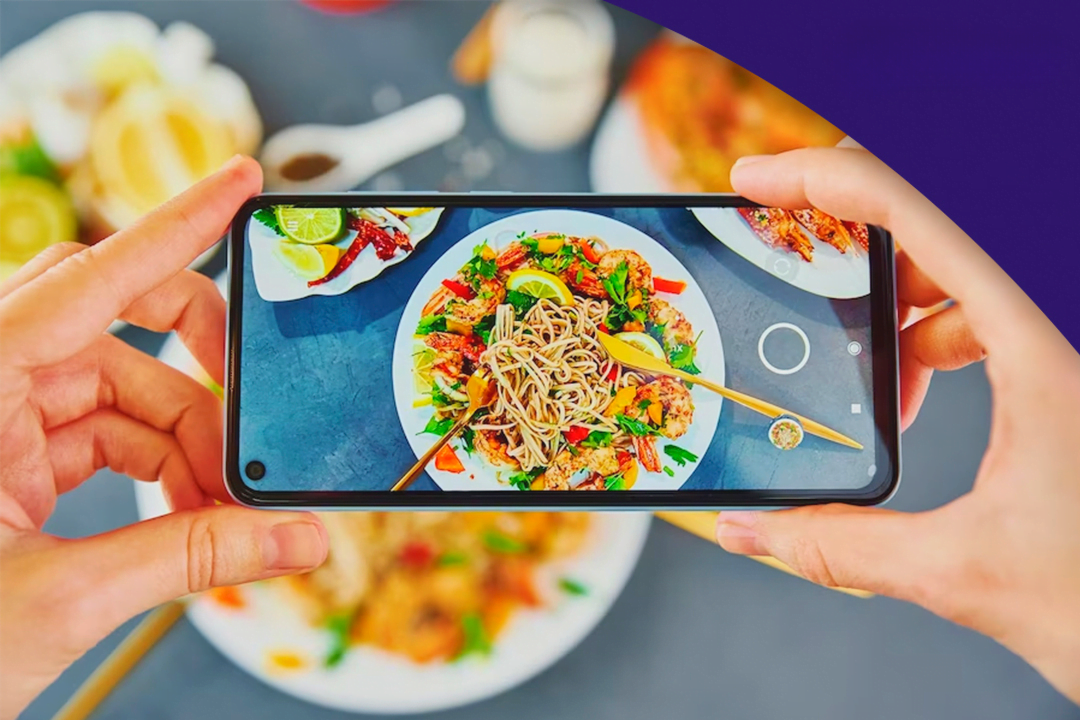Explore the art of storytelling through food photography. Learn how to convey emotions and narratives in every delicious frame.
Behind the Lens Storytelling through Food Photography
In today’s digital age, where social media platforms are flooded with mouthwatering food photos, it’s no wonder that food photography has become an art form in itself. Capturing the beauty and essence of a dish requires more than just a good camera; it requires the ability to tell a story through visuals. Food photography goes beyond simply showcasing delicious food; it is about evoking emotions, creating a connection, and immersing the viewer in a culinary experience. Behind every stunning food photograph lies a talented photographer with a passion for storytelling.
Food photography is not just about taking pictures of food; it is about creating a visual narrative. Every dish has a story to tell, whether it’s the rich history behind a traditional recipe or the innovative techniques used by a renowned chef. A skilled food photographer understands this and uses their camera as a tool to capture the essence of the dish and convey its story to the viewer.
There are many different ways to tell a story through food photography. One way is to focus on the process of creating the food. This could involve showing the chef at work, the ingredients being prepared, or the finished dish being enjoyed by diners. Another way to tell a story is to focus on the people who are connected to the food. This could involve showing the farmer who grew the ingredients, the family who gathered for a meal, or the friends who shared a snack.
Composition
One of the key elements in food photography is composition. How the food is arranged, the props used, and the overall layout of the image can greatly impact the viewer’s perception and interpretation of the dish. A well-composed photograph can evoke feelings of warmth, nostalgia, or even excitement. It can transport the viewer to a different time or place and make them feel like they are part of the culinary experience.
Lighting
Lighting is another crucial aspect of food photography. The right lighting can make or break a photograph. Natural light is often preferred by food photographers as it brings out the true colors and textures of the food. Soft diffused light can create a warm and inviting atmosphere, while harsher light can add drama and intensity to the image. Understanding how to manipulate light and use it to enhance the food’s appearance is an essential skill for any food photographer.
Props and styling
Props and styling play a significant role in food photography as well. The right props can help set the scene and create a mood. Whether it’s vintage cutlery, rustic wooden boards, or delicate linens, props can add depth and character to the photograph. Styling the food itself is also important; it involves arranging the ingredients or dishes in an aesthetically pleasing way that enhances their visual appeal.
Post-processing
Post-processing is the final step in food photography. Editing software allows photographers to fine-tune their images, adjusting colors, contrast, and sharpness to achieve the desired look. However, it’s important to strike a balance between enhancing the image and maintaining its authenticity. Over-editing can lead to unrealistic representations of the food, which can be misleading to viewers.
No matter how you choose to tell your story, there are a few key elements that are essential for creating successful food photography. First, you need to have a strong understanding of food styling. This involves knowing how to arrange food in a way that is both visually appealing and accurate to the dish you are photographing. Second, you need to use lighting effectively to create dramatic shadows and highlights. Third, you need to pay attention to composition and framing to create images that are balanced and visually interesting.
If you can master these key elements, you will be well on your way to creating food photography that tells a story.
Additional Tips
Here are a few additional tips for telling a story through food photography:
- Use props to tell your story. Props can be used to add context and interest to your images. For example, if you are photographing a dish that is inspired by a particular country, you could use props that represent that country’s culture.
- Create a sense of place. Where was the food made? Who was it made for? The setting of your food photography can help to tell the story of the food.
- Use emotion. Food photography should evoke emotion in the viewer. Make your images feel happy, sad, nostalgic, or whatever emotion you are trying to convey.
- Be creative. Don’t be afraid to experiment and try new things. There are no rules when it comes to food photography.
With a little practice, you can learn to tell amazing stories through food photography. So get out there and start snapping some pictures!
Food photography is not just about capturing a pretty picture; it’s about telling a story, evoking emotions, and creating a connection with the viewer. Behind every stunning food photograph is a skilled photographer who understands the art of storytelling through visuals. So, the next time you come across a mouthwatering food photo, take a moment to appreciate the skill and creativity that went into capturing that perfect shot.

